Agoraphobia Explained: Causes, Symptoms, and How to Find Freedom Again 🌅
Struggling with fear of public places or leaving home? Discover what agoraphobia really is, common triggers, how it connects to panic disorder, and evidence-based treatments like CBT, exposure therapy, and telehealth options.

Picture this: You're standing at your front door, keys in hand, and yet the very thought of stepping outside makes your chest tighten. Your mind races with "what ifs" — what if I panic? What if I can't escape? What if everyone sees me lose control?
This isn't just reluctance. It's agoraphobia — a complex anxiety disorder that often hides behind stereotypes and misunderstandings. Today, we peel back the layers to better understand it.
Understanding Agoraphobia Beyond the Stereotype 🔭
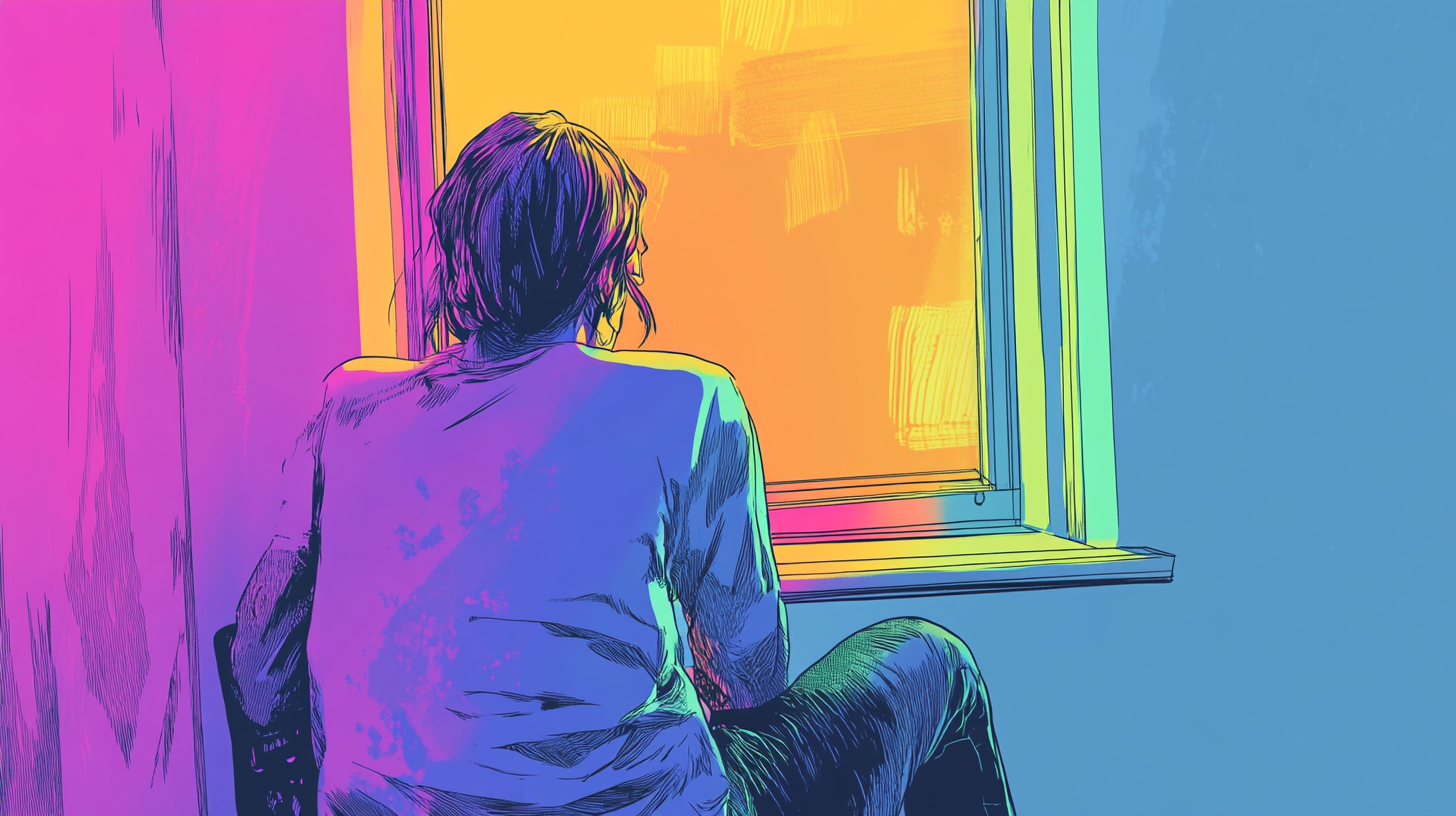
Agoraphobia isn't simply a "fear of open spaces," though that's the definition you might find in a dusty textbook. In reality, it's the intense fear of being trapped, helpless, or embarrassed in situations where escape feels difficult. Often, this leads to avoiding public places entirely — malls, stadiums, public transportation, even a simple grocery store run.
At its core, agoraphobia is about fear of fear itself.
You might have heard the phrase "can't leave the house anxiety." For many living with agoraphobia, their world becomes progressively smaller, retreating to spaces they consider "safe."
Common Triggers and Scenarios 💣
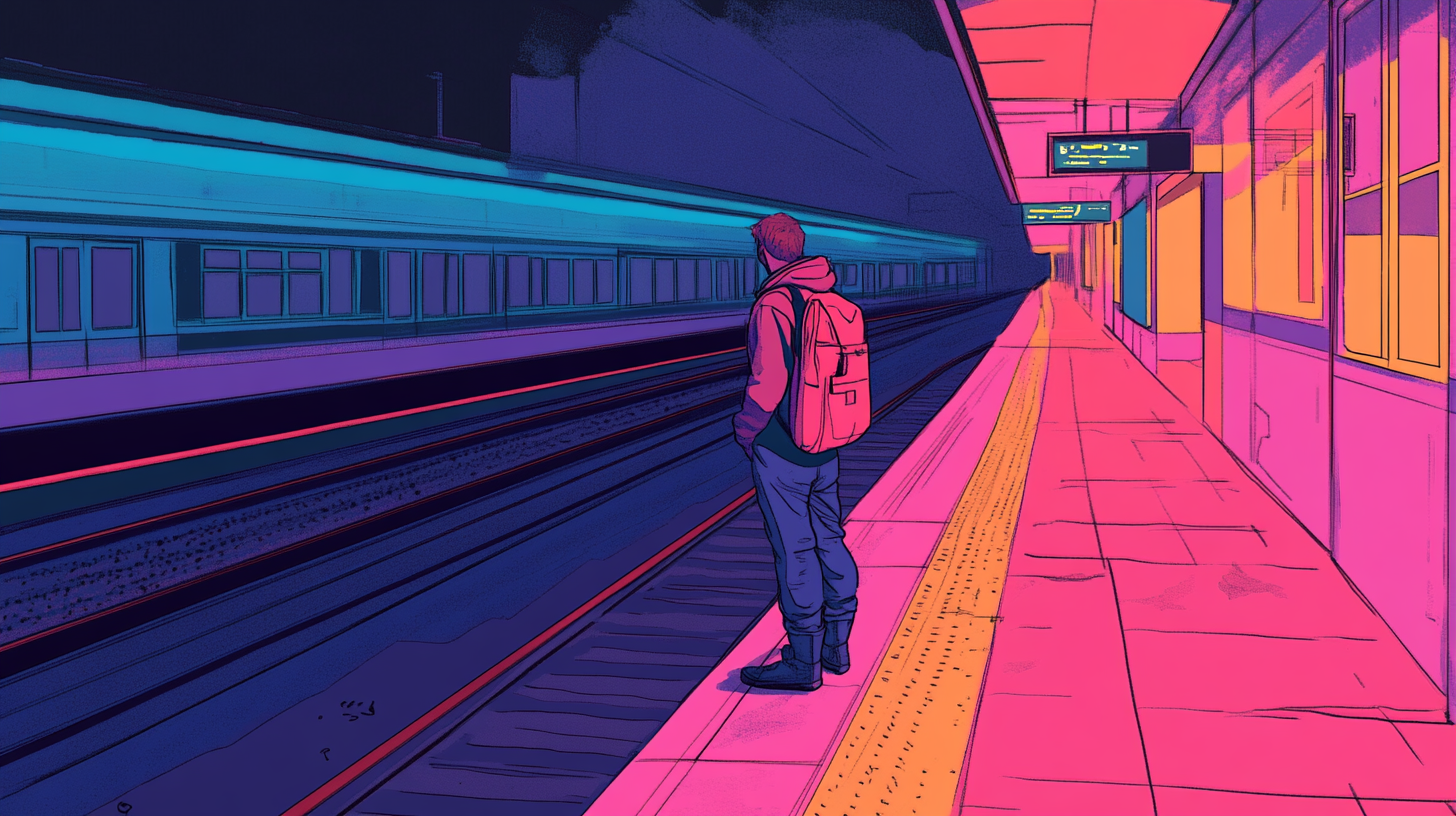
Agoraphobia can be triggered by a range of everyday situations, including:
- Using public transportation (buses, trains, airplanes)
- Being in open spaces (parking lots, bridges)
- Being in enclosed spaces (shops, theaters)
- Standing in line or being in a crowd
- Being outside the home alone
The common thread? Feeling trapped, exposed, or unable to get help if anxiety strikes.
Learn more about agoraphobia triggers here.
How It Relates to Panic Disorder 🔄

Agoraphobia often develops alongside panic disorder. In fact, many people first experience agoraphobia after having unexpected panic attacks.
Imagine having a panic attack in a crowded mall. The fear of experiencing that terror again in a similar setting might lead you to avoid malls altogether. Over time, the avoidance spreads: first malls, then restaurants, then streets, until home feels like the only safe space.
Not everyone with agoraphobia has panic disorder, but the two are closely intertwined. Find out more about panic attacks and their link to agoraphobia.
Symptoms and Severity Spectrum 📊

Agoraphobia symptoms exist on a spectrum, from mild discomfort to complete incapacitation.
Common symptoms include:
- Fear of leaving home
- Anxiety or panic attacks in feared situations
- Physical symptoms: chest pain, dizziness, rapid heartbeat, shortness of breath
- Feeling detached or "unreal" when in feared environments
- Avoidance behaviors that interfere with daily life
In severe cases, individuals may become housebound for months or even years without treatment.
How It Impacts Daily Life 🤕
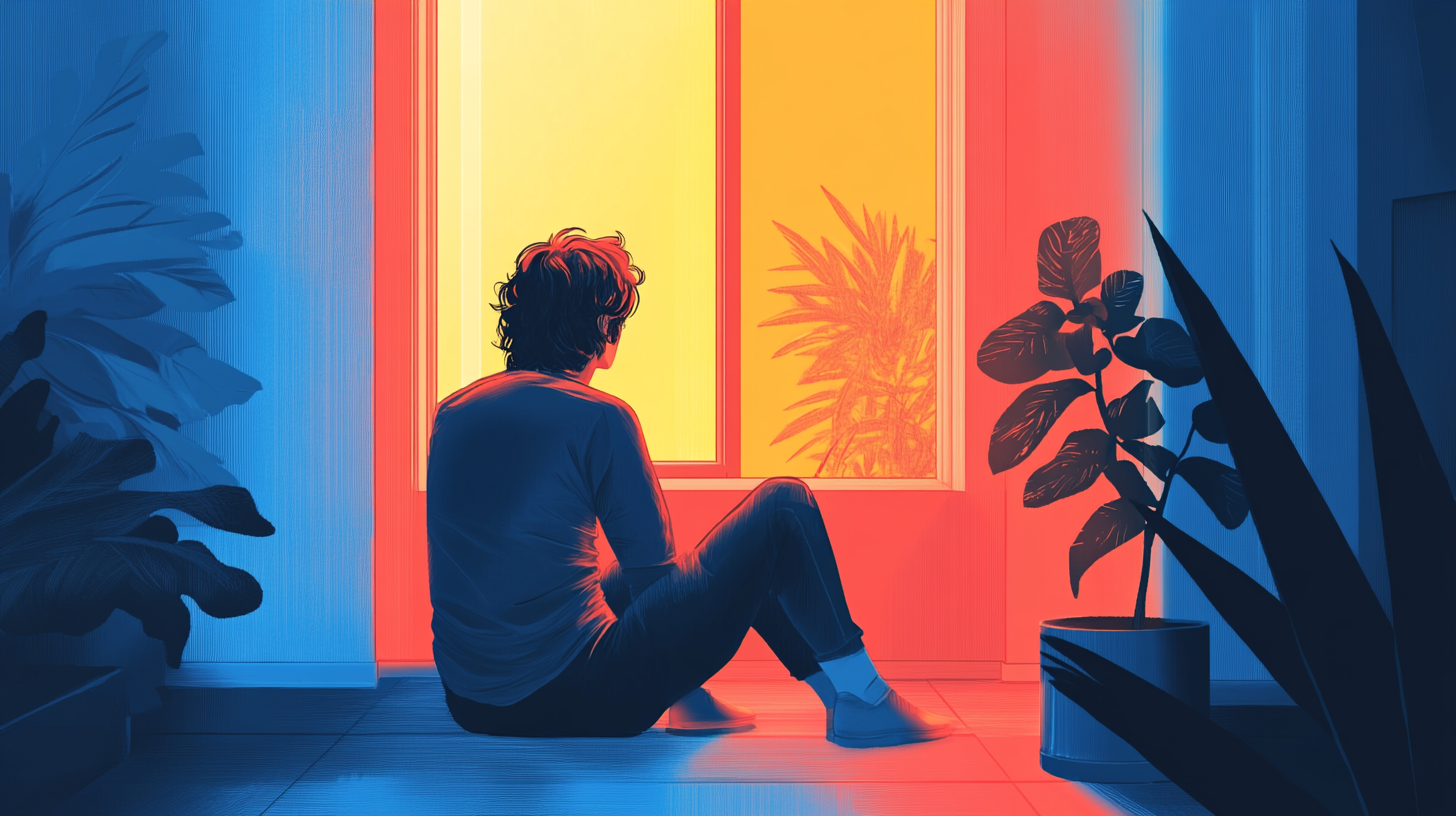
The ripple effect of agoraphobia can touch every corner of a person's life:
- Work and School: Fear of commuting or attending classes
- Relationships: Isolation strains friendships and family connections
- Health: Avoiding doctor visits or pharmacies
- Mental Health: Agoraphobia often leads to depression, substance abuse, or other anxiety disorders
Living with untreated agoraphobia isn't just limiting — it’s life-altering.
Treatment Options: Reclaiming Freedom 😌

Here's the hopeful truth: agoraphobia is highly treatable. Recovery isn't about never feeling fear again; it's about not letting fear be the architect of your life.
Gradual Exposure Therapy 🌊
Exposure therapy involves slowly and systematically facing feared situations in a controlled way.
For example, someone might first visualize walking to the mailbox, then actually do it. Over time, they build up to driving to a nearby store or meeting a friend at a cafe.
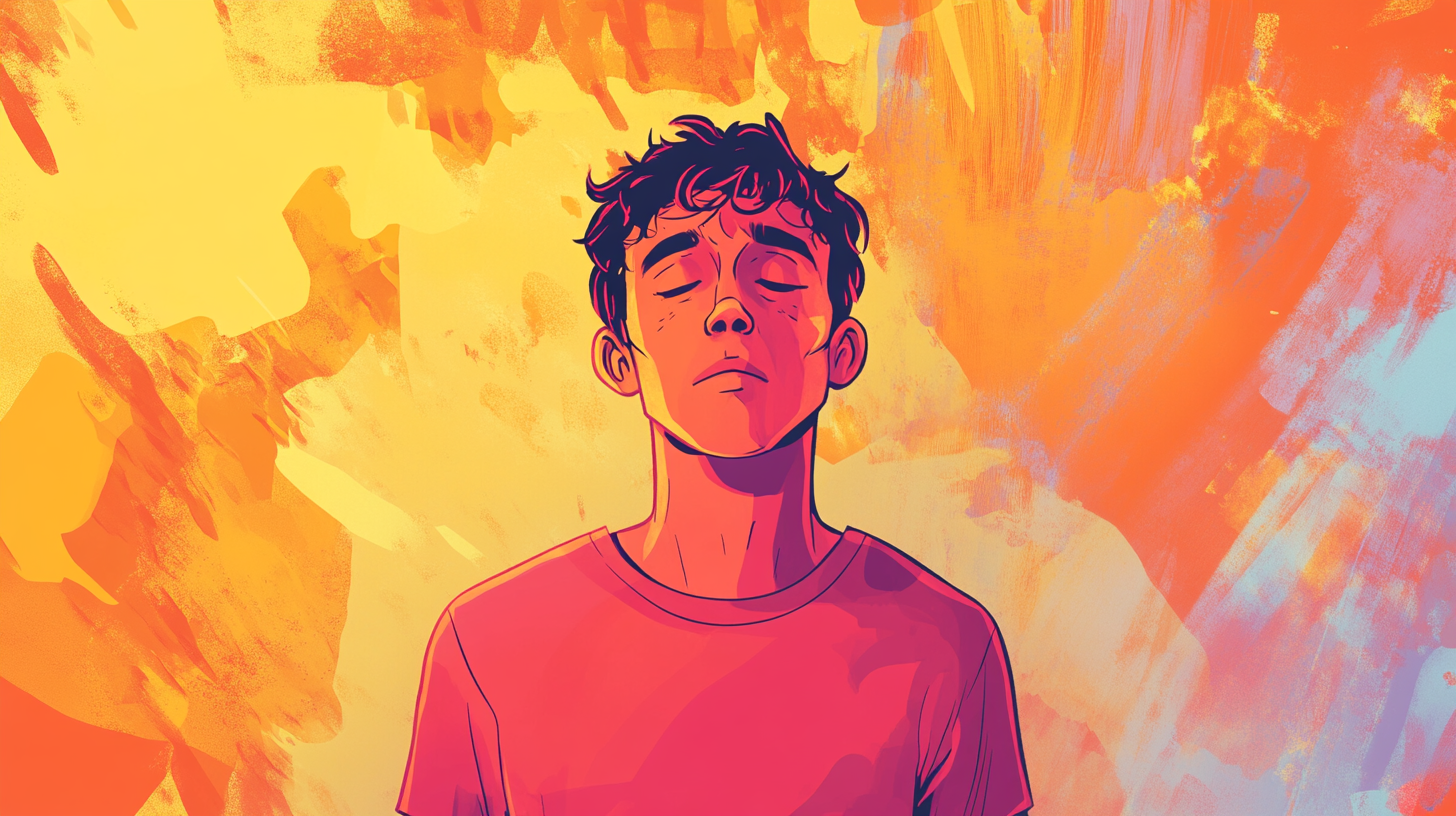
Each exposure "teaches" the brain that the feared outcomes (panic, humiliation, being trapped) are survivable — or don't happen at all.
Cognitive Behavioral Therapy (CBT) and Virtual Therapy 💆♀️
CBT helps individuals identify and challenge the catastrophic thoughts fueling their anxiety.
With the rise of virtual therapy platforms, people with agoraphobia can begin treatment without even leaving home, bridging the gap until they are ready for in-person sessions.
Techniques often include:
- Cognitive restructuring
- Breathing retraining
- Mindfulness exercises
Medications 💊
Medications can provide relief from severe anxiety symptoms, making therapy more effective.
- SSRIs (Selective Serotonin Reuptake Inhibitors): Such as fluoxetine (Prozac) and sertraline (Zoloft)
- Benzodiazepines: Used short-term to manage acute panic symptoms (with caution due to risk of dependency)
- Beta Blockers: To control physical symptoms like racing heart
Medication is most effective when combined with therapy, not as a standalone solution.
Real-World Coping Stories: The Power of Resilience 💪
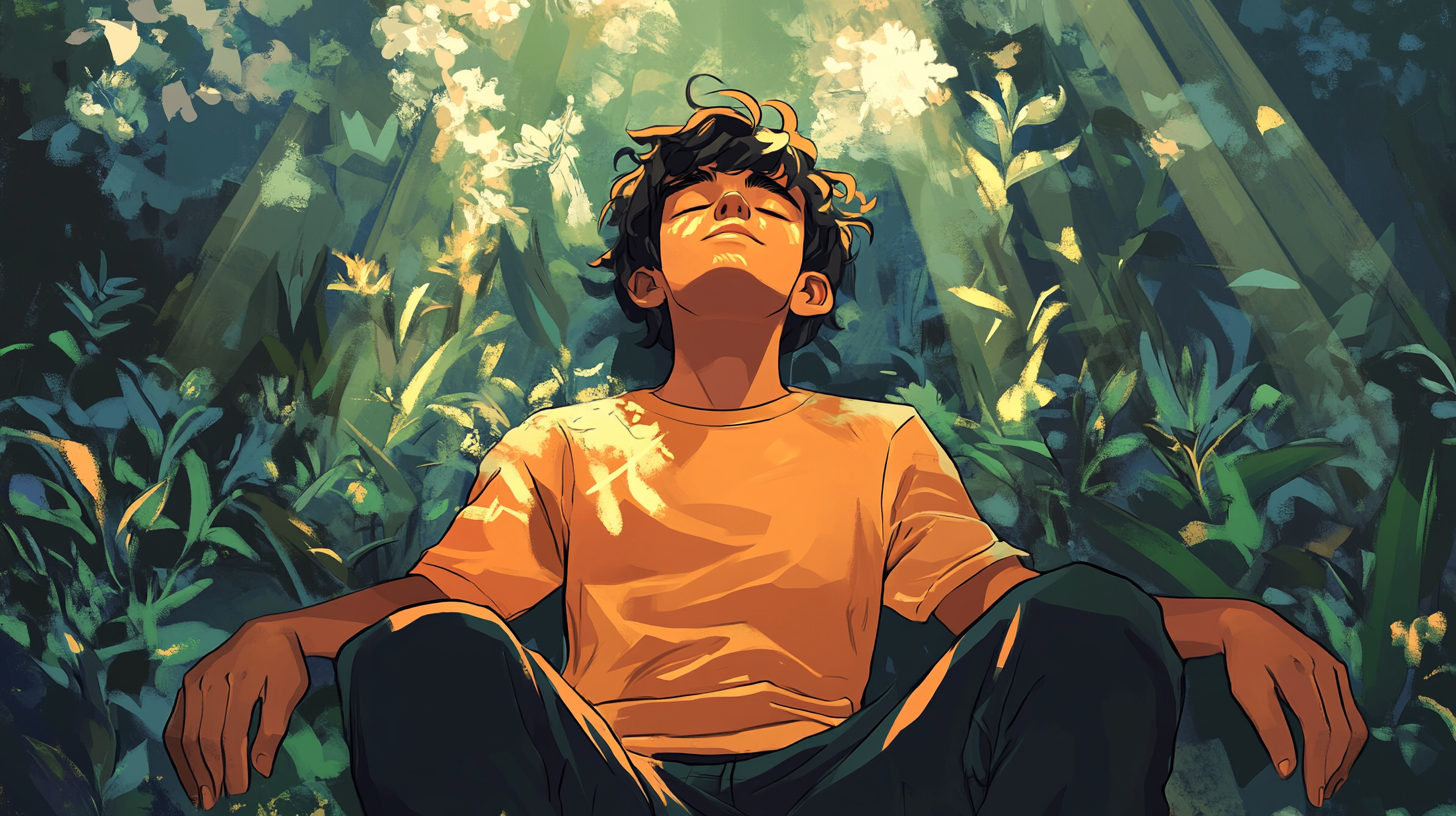
Meet Elena. For five years, even walking to the corner mailbox felt impossible. After starting virtual therapy sessions specialising in agoraphobia, Elena practiced tiny exposures daily. Some days, success meant just standing on her porch.
Today? Elena shops for food alone and is training for her first 5K run.
Or consider Marcus. After a terrifying panic attack on a train, he avoided public transport for years. With a combination of exposure therapy and an SSRI, he’s now commuting to a job he loves, earbuds in, music blasting, anxiety no longer in the driver’s seat.
Healing isn't linear. There are setbacks, hard days, and moments of doubt. But with support, recovery is possible — and life can become bigger again.
Hope and Help: Support Groups, Telehealth, and Connection 🫶

Isolation is agoraphobia's oxygen. Connection is its antidote.
Resources like ADAA's support groups and online therapy platforms like Talkspace offer safe, accessible avenues for help. In the UK, many NHS Trusts have agoraphobia clinics specialising in helping people find a way through it.
Other lifelines include:
- Peer support forums
- Anxiety-focused podcasts
- Guided meditation apps (like Calm or Headspace)
- Telehealth appointments for therapy and medication management
Finding the right combination of treatments can feel overwhelming at first. But each small step is a defiant act of hope — and hope, even in fragile doses, is powerful.
Further Reading 📚
- National Institute of Mental Health - Agoraphobia
- Anxiety and Depression Association of America - Panic Disorder and Agoraphobia
- American Psychological Association - Exposure Therapy
- National Institute of Mental Health - Cognitive Behavioral Therapy
- Mayo Clinic - Fluoxetine (Prozac)
- Psychology Today - Online Therapy Resources


